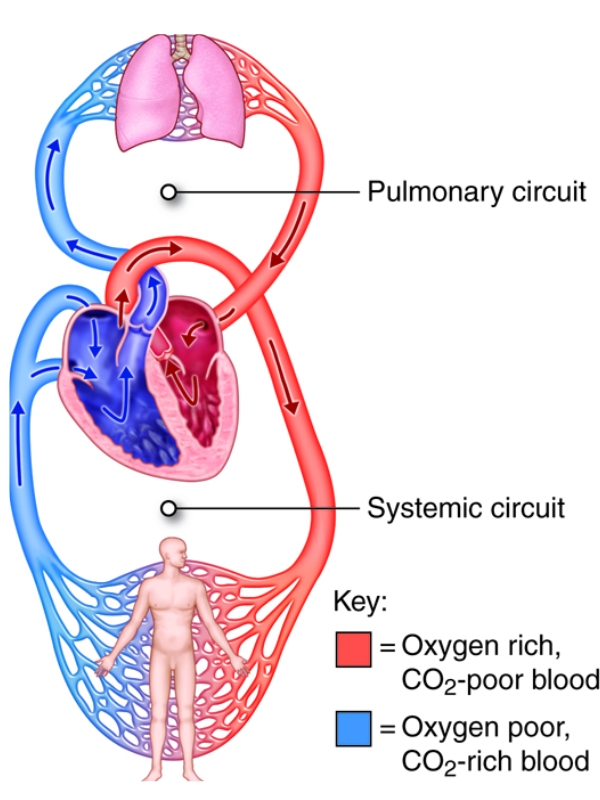Pulmonary hypertension is high blood pressure in the arteries going from the right side of your heart to your lungs (pulmonary arteries).
These arteries normally carry oxygen-poor blood to the lungs where oxygen is added. The blood is then returned to the left side of the heart where it is sent throughout the body to deliver that oxygen.

Image credit: Anatomy & Physiology, Cenveo via Wikimedia Commons
Pulmonary hypertension affects the right side of your heart and is a serious condition that makes your heart work harder than normal to pump blood into your lungs. If left untreated, pulmonary hypertension can lead to enlargement and weakness of your heart, or heart failure.
It can affect people of all ages, including children, and its occurrence increases with age. There are many causes of pulmonary hypertension, although it's more common in people who have another heart or lung condition. Rarely, the cause of pulmonary hypertension is unknown. In this case, the condition is called idiopathic pulmonary arterial hypertension (IPAH). Idiopathic means the cause of a disease is not known. IPAH affects more women than men.






